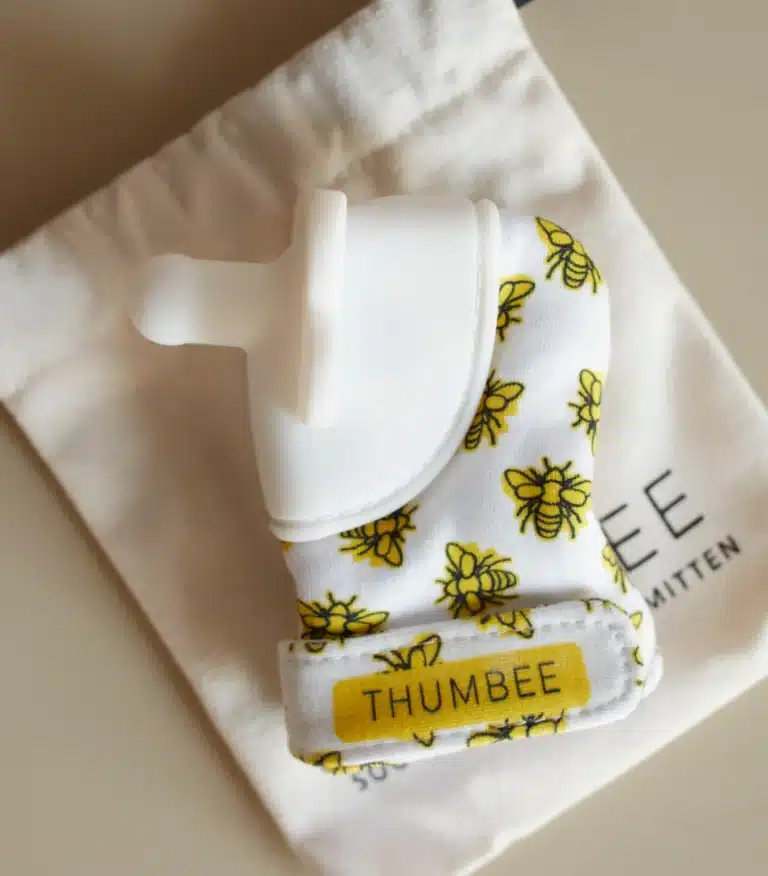To create your own product and get it to market, you need a solid product development strategy. Think of this as your methodology to get through all the steps from the idea through to the final end product.
For many entrepreneurs who have not created and manufactured their own product yet, it can be overwhelming to visualize all of the steps to go through the product life cycle and get your product on the market.
This article will help you map out the steps with a variety of different product types and sub-types. So if you want to map out your perfect e-commerce product development strategy, grab a coffee and take some notes!
The Perfect Product Journey
First off, when creating a product, consider what the customer needs. Is there an existing market? Is there a reason for this product? What does it do that solves a problem? The best product ideas can also be an intersection of two markets, like water bottles that are also eco-friendly.
When mapping out your product roadmap, let’s start with the three main types of products you can create, which increase in complexity and earning potential:
- Branded product
- Customized product
- Unique product
And the latter two have three separate streams that impact your product development strategy. So think of the following as different potential paths under the customized product and unique product categories:
- No moving parts: If your product has static assembly products it’ll fall under this category.
- Has moving parts: If your product includes moving/mechanical functionality it’ll be classified here.
- Has electronic components: If your product includes electronics, it’ll be categorized under this umbrella.
Let’s get started on bringing your product to life!
The Branded Product

What Is A Branded Product?
The branded product path is often referred to as white-labeling. A white-labeled product offering is when you take an existing product and put a branded label or logo on it without making any changes to the product. The general public is not always aware of how this is done in the e-commerce world.
You can find an under-marketed product, brand it to make it seem unique, write some sales copy, and apply a new pricing strategy. Simple and direct. If you have a product marketing idea or angle, that can be enough to move forward with a branded product.
In terms of a business strategy, this is the most direct path to creating a product — and is much simpler than creating a product from scratch. (This saves you a significant amount of time in the product development process.) You should be aware that a successful product that uses this strategy would require a clearly defined target market. Since you are not creating a truly unique product, you should only choose white-labeling if you see an advantage or gap in the marketing.
Branded Product Advantages
By choosing this option as opposed to creating your own customized or fully unique product, you can get your product to market quicker. Being first-to-market is a huge advantage— it allows you to become the recognized brand in that product category. It also allows you to dominate the space by aggressively gathering reviews which can provide a protective barrier around your brand. This is particularly important in marketplaces like Amazon that have a very low barrier of entry for competitors.
Another pro for this product development strategy is that your product costs will be lower. All of the infrastructure is in place already. You’re just adding a label to the product.
There is another major benefit of the branded product: You can expand on your core line of products without making a large upfront investment. This can be especially beneficial if you have the potential for cross-selling or up-selling with your other items.
Branded Product Disadvantages
A drawback to branded products is the lack of differentiation. A water bottle with an etch-printed label A is essentially no different than if it has label B. Because of this, it also means that your competitive moat is low. Another entity can copy or knock off your product and be sold by competitors.
One point of note is your marketing strategy for a branded product. If you are relying exclusively on the traffic from a behemoth like Amazon, you can find that a competitor can pop up quickly. If your sales come from your own marketing channels and your own e-commerce website, you will have more of a protective moat. The metrics of success in this path could come down to how much profit you make per sale. A higher-cost product allows more to be budgeted towards advertising on Instagram or Google Ads.
Often this means that the profitability and profit margin can go down quickly as multiple vendors enter the marketplace.
The Customized Product
The customized product is the Goldilocks option, in between white label and full-on product creation.
What Is A Customized Product?
The customized product involves a modification of a current product. The original product concept is solid, but you can see how adding a new feature or changing a poorly designed element could bring new sales from an existing target audience that is already buying similar product lines.
Here’s an example: Imagine you have an idea for a new smartphone case. You want to add a non-slip backing to the inside of the case. The backing material is already available and can be added to the case. But here’s the twist: You find a similar product that is using a material in a slightly different way and you implement that change in your own product. Doing this would make the phone case a fully customized product.
Customized Product Advantages
The primary benefit of this approach is that it’s a way to quickly differentiate your product in the market without a long development cycle. This is perfect for those who see an opportunity and target market with an existing product, but see a way to stand out with a little tweak in the product design.
Another advantage is in-house market research. You can read reviews online, talk to consumers, conduct surveys, and do some in-person observation in the space to identify design flaws, features, or functionalities that can improve the design or usage of the product.
With the customization option, you are essentially choosing an off-the-shelf product, leaving 90% of the product untouched. But you take that model and make a small adjustment, which gives your finished product a characteristic that makes it stand out from the rest of your competitors who chose a similar off-the-shelf product.
An example of this could be developing a custom color for a particular water bottle design and perhaps fixing a design flaw like adding a handle, a divot or a new feature.
The modifications you do open up the door to a potential product patent, a more competitive moat (since making modifications is more difficult for competitors looking for an easy arbitrage), and a stronger product offering.
Customized Product Disadvantages
A minor disadvantage of this type of product modification is that it is relatively easy for competitors to clone. Taking a light and adding a multicolor LED instead of just a white light may make a better product for the consumer — but it’s something that can easily be done to other products.
The Unique Product

What Is A Unique Product?
Unique products are things that don’t exist today. This could be based on an existing product that needs to be completely redesigned because the manufacturer can’t make any changes, even minor ones. An example could be a gimbal that doesn’t allow a full 180-degree turn with certain cameras.
Creating a fully customizable product requires ideation and lateral thinking to come up with a new product concept that can open up a new market.
Sometimes this can be a new product in an existing target market — possibly based on developing technology. And sometimes this can be a new type of product entirely. An example of a new product could be a crypto hardware wallet. Just a few years ago, there was no market for them, but you can see that this will be a growing market segment looking into the future.
Another example of good design thinking is wearable Velcro weights. They’re functional and historically very ugly, but useful to maintain and build muscle in different demographics like the elderly and women. What if someone were to create a product that had the same function, but brought it into the modern era? Cali Weights took this idea and transformed it to create a truly great product with the help of Gembah. The ideation for ankle weights already existed in the market, but Eric Finkelman totally redesigned them to make them visually stunning, gaining new customers.
Unique Product Advantages
Here you have the opportunity to own intellectual property and really be differentiated, even as a startup. The main advantages to this path are:
- You’d be creating a whole new product (or new product category)
- There’s the most potential for a new market
- You have the largest protective moat, harder for others to copy
The main benefit here is real ownership and first-to-market rights. A fully custom product also improves company valuation.
The best route to start here is feasibility — is there a current market for this product? What is it going to take to get this new product to market?
Unique Product Disadvantages
The overall new product development process is longer and includes more stages since you will have to essentially build up your design and find the right supply chain. The longer time to bring your product to market opens the door for competitors, particularly if you delay during the ideation and concept phases.
But, as with many things, higher risk leads to higher rewards — especially if your product solves a real problem.
Creating a truly unique product will require the most out-of-pocket cost to bring to market, and a longer product cycle time. You have time and resource demands at the creation and prototype stages, for example, that could be bypassed with a customized product.
Envisioning your own product and creating a real-life version of it to sell is arguably the most difficult, albeit most rewarding path to creating your own widget.
Which Product Development Strategy Will You Choose?
There are pros and cons to each of these options. Making money by manufacturing your own product to sell is rewarding and lucrative. But the rewards come only after you have finished your physical product — which, frankly, many great entrepreneurs struggle with.
Navigating all the stages of developing a new product can be overwhelming. At Gembah, our development team can help you brainstorm the best way to transform your idea into a finished product. At every phase, from initial market research to manufacturing partners to market development strategy, Gembah has created a path for e-commerce entrepreneurs with great ideas to create successful physical products. Don’t let yourself lose time and money trying to figure out all of this on your own. Talk to our team today so we can guide your product journey and make your product a success.



